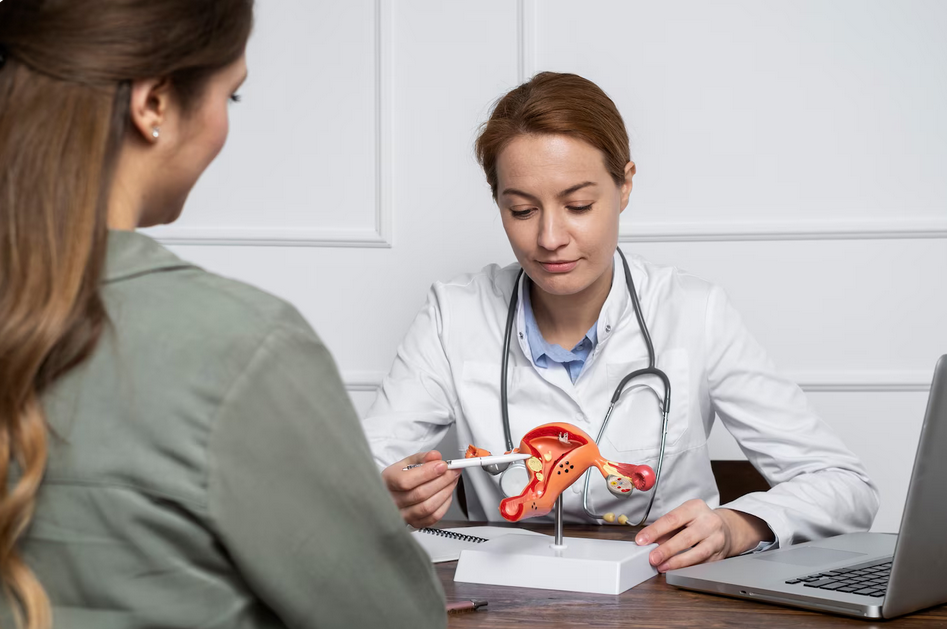If you’re considering In Vitro Fertilization (IVF), your initial consultation with a fertility specialist is an essential milestone. This appointment sets the foundation for your treatment journey by providing crucial information, answering your questions, and allowing the doctor to evaluate your unique fertility situation.
Understanding exactly what to expect during this first IVF consultation can help reduce anxiety and empower you to actively participate in your care.
Step 1: Introduction and Medical History Review
The consultation usually begins with introductions and a detailed review of your medical and reproductive history, including:
- How long you have been trying to conceive
- Previous fertility treatments or pregnancies
- Menstrual cycle patterns
- Any history of pelvic infections, surgeries, or gynecologic conditions
- Male partner’s fertility history and health
- Lifestyle factors such as smoking, alcohol, and stress
This comprehensive review helps the specialist tailor the IVF protocol to your needs.
Step 2: Discussion of Previous Fertility Testing
Your doctor will go over any previous fertility tests you or your partner have had, such as:
- Blood tests for hormones like FSH, AMH, LH, estradiol
- Semen analysis for sperm count and quality
- Ultrasounds of ovaries and uterus
- Hysterosalpingogram (HSG) or saline sonogram to check fallopian tubes
If prior testing is incomplete or outdated, the doctor may recommend additional evaluations.
Step 3: Physical Examination (Optional)
Some clinics perform a brief physical or pelvic exam during the consultation to assess your general reproductive health and identify any anatomical concerns.
Step 4: Explanation of IVF Process and Protocol Options
The specialist will explain how IVF works in clear terms, covering:
- Ovulation induction (stimulating your ovaries to produce multiple eggs)
- Monitoring your response with blood tests and ultrasounds
- Egg retrieval procedure
- Fertilization in the lab and embryo culture
- Embryo transfer and pregnancy testing
They’ll discuss which IVF protocols might be most suitable based on your age, ovarian reserve, and diagnosis.
Step 5: Reviewing Success Rates and Risks
Your doctor will provide personalized IVF success rates based on your specific situation. They’ll also review potential risks and side effects such as:
- Ovarian hyperstimulation syndrome (OHSS)
- Multiple pregnancies
- Emotional and physical impacts of treatment
This conversation helps you set realistic expectations.
Step 6: Discussing Financial Aspects and Insurance
The consultation typically includes an overview of:
- The total estimated cost of IVF cycles, medications, and monitoring
- Insurance coverage or lack thereof
- Payment plans, financing options, or package deals
Understanding the financial commitment upfront is crucial for planning.
Step 7: Opportunity for Questions and Answers
You’ll have time to ask any questions about:
- The IVF procedure and timeline
- Medication side effects
- Clinic policies and communication
- Alternative fertility treatments
Prepare your questions ahead of time to make the most of this part of the visit.
Step 8: Next Steps and Scheduling Tests
If you decide to move forward, your specialist will outline the next steps, which may include:
- Additional fertility testing (blood work, ultrasounds, semen analysis)
- Scheduling ovarian stimulation start date
- Baseline ultrasound and bloodwork timing
- Instructions for medications and lifestyle recommendations
You may also receive written materials or digital resources.
Step 9: Emotional Support and Resources
Many clinics offer or recommend counseling, support groups, or mental health resources to help manage the emotional challenges of IVF. Your specialist may introduce you to these options during the consultation.
Final Thoughts
Your IVF consultation is a comprehensive, personalized appointment designed to educate you, assess your fertility, and plan your treatment pathway. Being prepared and knowing what to expect can help you feel empowered and confident as you embark on this life-changing journey.




